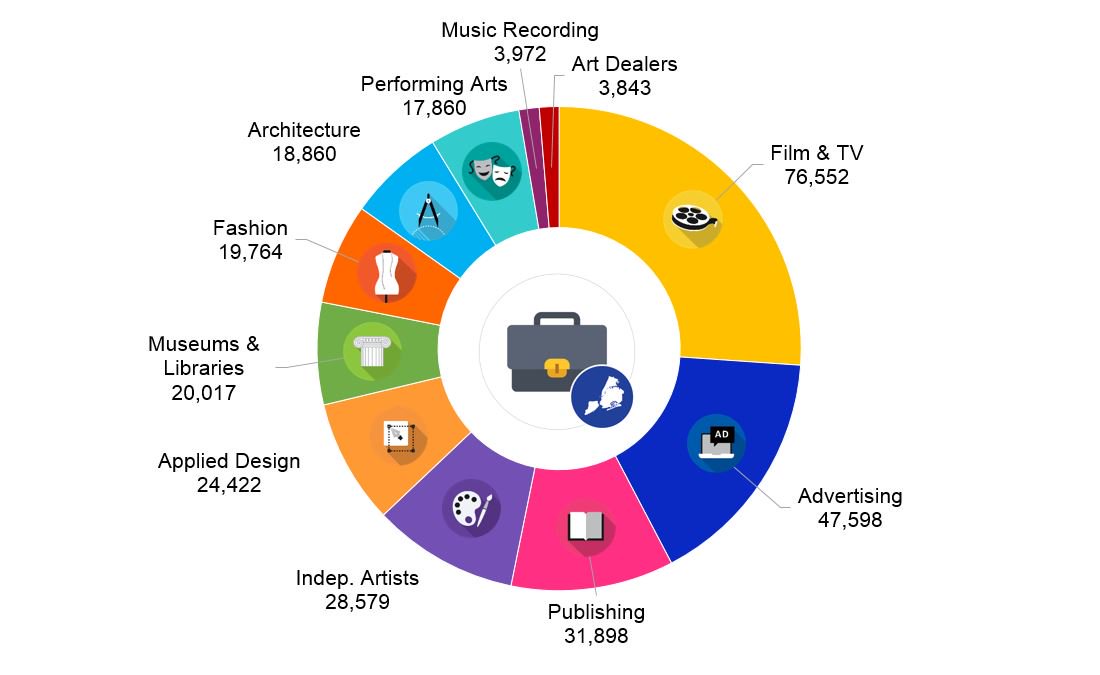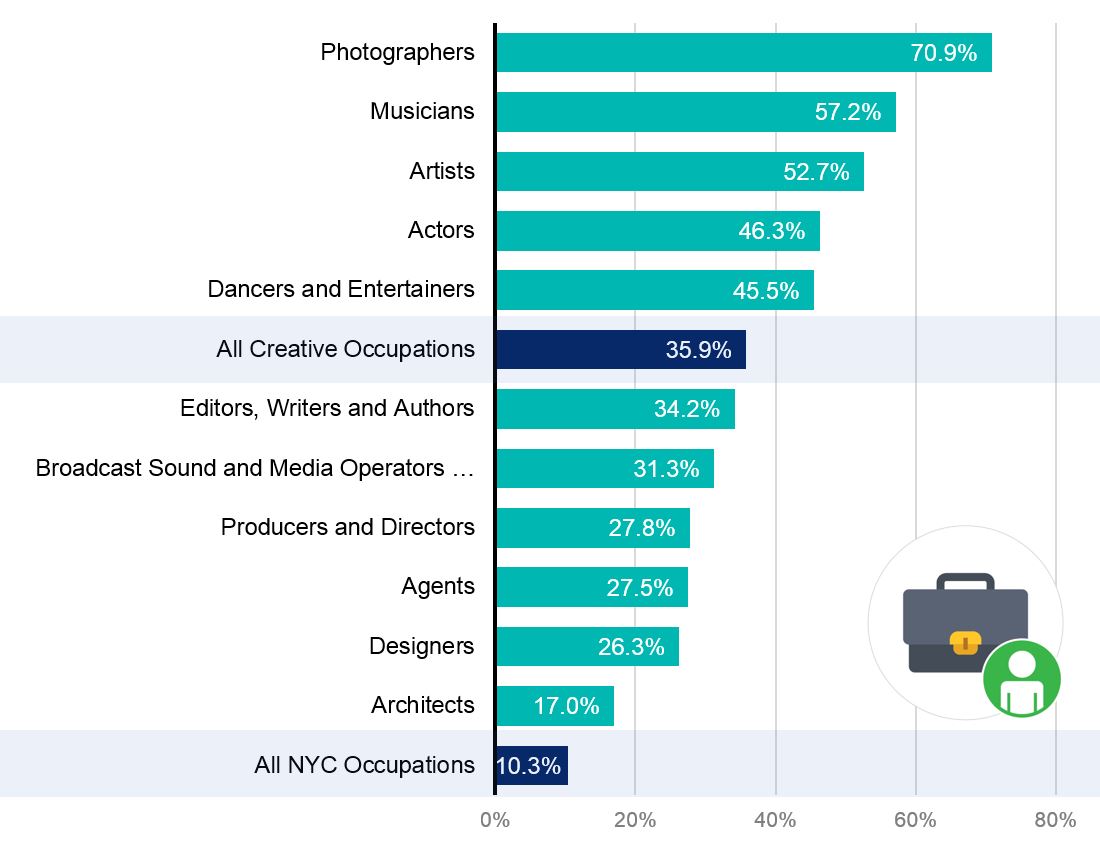Indictment Includes Charges for Five Attempted Murders
Geoffrey S. Berman, the United States Attorney for the Southern District of New York, James O’Neill, the Commissioner of the New York City Police Department (“NYPD”), and Peter C. Fitzhugh, Special Agent-in-Charge of the New York Field Office of U.S. Immigration and Customs Enforcement’s Homeland Security Investigations (“HSI”), today announced the unsealing of an Indictment charging 13 members and associates of the Mac Baller Brims gang that operated in and around the Mount Hope section of the Bronx with racketeering, narcotics, and firearms offenses, including five attempted murders between September 2018 and July 2019.
Of the 13 defendants, eight – DERRICK CASADO, a/k/a “Big Bank,” a/k/a “Papa D,” JUSTIN COLON, a/k/a “Lindo,” MICHAEL ROWE, a/k/a “MJ,” CARLOS RIVERA, a/k/a “Nug,” JAHUAN POLLARD, a/k/a “Flip,” CARLOS ROSARIO, a/k/a “Baby Bottle,” a/k/a “Carlito,” a/k/a “Barlito,” a/k/a “Barlos,” JUAN TEJADA, a/k/a “Gotti,” and CHRISTIAN LIVERMAN – were taken into federal custody in New York earlier today. They were presented before Magistrate Judge Debra Freeman today. Defendant DAVON MCCULLOUGH, a/k/a “Yung,” a/k/a “Dayday,” was also taken into federal custody in Virginia earlier today, and he was to be presented before Magistrate Judge Lawrence R. Leonard today. Two other defendants – DARRELL LAWRENCE, a/k/a “Capo,” and GIBRIL DARBOE, a/k/a “Mouse,” a/k/a “G Money” – are currently in state custody in Maine on related charges and will be presented in the District of Maine on a later date. The case has been assigned to U.S. District Judge J. Paul Oetken.
Manhattan U.S. Attorney Geoffrey S. Berman said: “As alleged, the defendants wreaked havoc on the Mount Hope section of the Bronx, through acts of violence and narcotics trafficking as members of the Mac Baller Brims. Thanks to the outstanding work of our law enforcement partners at the NYPD, HSI, and DEA, the defendants now face federal charges for these very serious crimes.”
Police Commissioner James O’Neill said: “This case highlights the NYPD’s relentless pursuit of those few individuals who drive the worst kinds of violence and disorder. Our success reflects how New Yorkers share in our responsibility to keep families and neighborhoods safe to aid us in reducing crime beyond our record-lows. I want to commend our partners in the U.S. Attorney’s Office for the Southern District, and the members of Homeland Security Investigations, and the DEA, for working together to dismantle a group allegedly responsible for shootings, robberies, drug-dealing, and more.”
HSI Special Agent-in-Charge Peter C. Fitzhugh said: “This investigation exemplifies law enforcement partnerships prevailing over a criminal enterprise only looking to benefit from chaos. HSI will not back down and will not stop our fight to secure our communities and our nation from violence and narcotics distribution. Criminal organizations like the Mac Baller Brims should take note that combined law enforcement efforts like this investigation with HSI, the NYPD and DEA along with the United States Attorney’s Office in the Southern District of New York only thrive our resolve to end their existence and eliminate any financial gains they hope to profit.”
According to the allegations in the Indictment unsealed today in Manhattan federal court[1]:
The Mac Baller Brims were a criminal enterprise, and their members and associates committed numerous acts of violence, including shootings, in and around the Bronx. They engaged in such acts to preserve and protect their power, territory, and profits, and to promote and enhance the gang and its criminal activities. Members of the gang also enriched themselves by committing robberies and by selling drugs, such as crack cocaine, heroin, fentanyl, cocaine, oxycodone, and marijuana, including in New York and in Maine. While conducting their drug business, members and associates of the gang used, carried, and possessed firearms, and members of the gang brandished and fired those guns on multiple occasions since 2017.
Count One of the Indictment charges DARRELL LAWRENCE, DAVON MCCULLOUGH, GIBRIL DARBOE, DERRICK CASADO, JUSTIN COLON, MICHAEL ROWE, CARLOS RIVERA, JAHUAN POLLARD, CARLOS ROSARIO, DAVONTE GARCIA, and JOSE NOUEL with conspiring to conduct and participate in the conduct and affairs of the Mac Ballers enterprise through a pattern of racketeering activity, including through acts involving murder, robbery, and narcotics distribution.
Counts Two and Three charge ROWE with assault and attempted murder in aid of racketeering in connection with a September 14, 2018, shooting, and a related firearms offense.
Counts Four and Five charge COLON with assault and attempted murder in aid of racketeering in connection with a March 9, 2019, shooting, and a related firearms offense.
Counts Six and Seven charge CASADO with assault and attempted murder in aid of racketeering in connection with a May 17, 2019, shooting, and a related firearms offense.
Counts Eight and Nine charge ROSARIO with assault and attempted murder in aid of racketeering in connection with a July 18, 2019, attempted shooting, and a related firearms offense.
Counts Ten and Eleven charge ROSARIO with assault and attempted murder in aid of racketeering in connection with a July 20, 2019, shooting, and a related firearms offense.
Count Twelve charges LAWRENCE, MCCULLOUGH, DARBOE, CASADO, COLON, ROWE, RIVERA, POLLARD, ROSARIO, GARCIA, and NOUEL, as well as JUAN TEJADA and CHRISTIAN LIVERMAN, with conspiring to distribute and possess with intent to distribute crack cocaine, heroin, fentanyl, cocaine, oxycodone, and marijuana.
Count Thirteen charges LAWRENCE, MCCULLOUGH, DARBOE, CASADO, COLON, ROWE, RIVERA, POLLARD, ROSARIO, GARCIA, NOUEL, TEJADA and LIVERMAN with using, carrying, possessing, brandishing, and discharging firearms during and in relation to a narcotics conspiracy.
Charts containing the names, ages, residences, charges, and maximum penalties for the defendants are set forth below. The maximum potential sentences in this case are prescribed by Congress and are provided here for informational purposes only, as any sentencing of the defendants will be determined by the judge.
Mr. Berman praised the outstanding work of the NYPD and HSI on this investigation, and thanked the Drug Enforcement Administration for its assistance.
The charges contained in the Indictment are merely accusations, and the defendants are presumed innocent unless and until proven guilty.
[1] As the introductory phrase signifies, the entirety of the text of the Indictment, and the description of the Indictment set forth herein, constitute only allegations, and every fact described should be treated as an allegation.
COUNT
|
CHARGE
|
DEFENDANTS
|
MAX. PENALTIES
|
1
|
Racketeering conspiracy
18 U.S.C. § 1962(d)
|
DARRELL LAWRENCE
DAVON MCCULLOUGH
GIBRIL DARBOE
DERRICK CASADO
JUSTIN COLON
MICHAEL ROWE
CARLOS RIVERA
JAHUAN POLLARD
CARLOS ROSARIO
DAVONTE GARCIA
JOSE NOUEL
|
Life in prison
|
2
|
Assault and attempted murder in aid of racketeering
18 U.S.C. §§ 1959 and 2
|
MICHAEL ROWE
|
20 years in prison
|
3
|
Using, carrying, possessing, brandishing, and discharging a firearm
18 U.S.C.
§§ 924(c)(1)(A)(i), (ii), (iii), and 2 |
MICHAEL ROWE
|
Life in prison
Mandatory minimum of 10 years in prison
|
4
|
Assault and attempted murder in aid of racketeering
18 U.S.C. §§ 1959 and 2
|
JUSTIN COLON
|
20 years in prison
|
5
|
Using, carrying, possessing, brandishing, and discharging a firearm
18 U.S.C.
§§ 924(c)(1)(A)(i), (ii), (iii), and 2 |
JUSTIN COLON
|
Life in prison
Mandatory minimum of 10 years in prison
|
6
|
Assault and attempted murder in aid of racketeering
18 U.S.C. §§ 1959 and 2
|
DERRICK CASADO
|
20 years in prison
|
7
|
Using, carrying, possessing, brandishing, and discharging a firearm
18 U.S.C.
§§ 924(c)(1)(A)(i), (ii), (iii), and 2 |
DERRICK CASADO
|
Life in prison
Mandatory minimum of 10 years in prison
|
8
|
Assault and attempted murder in aid of racketeering
18 U.S.C. §§ 1959 and 2
|
CARLOS ROSARIO
|
20 years in prison
|
9
|
Using, carrying, possessing, and brandishing a firearm
18 U.S.C.
§§ 924(c)(1)(A)(i), (ii), and 2 |
CARLOS ROSARIO
|
Life in prison
Mandatory minimum of 7 years in prison
|
10
|
Assault and attempted murder in aid of racketeering
18 U.S.C. §§ 1959 and 2
|
CARLOS ROSARIO
|
20 years in prison
|
11
|
Using, carrying, possessing, brandishing, and discharging a firearm
18 U.S.C.
§§ 924(c)(1)(A)(i), (ii), (iii), and 2 |
CARLOS ROSARIO
|
Life in prison
Mandatory minimum of 10 years in prison
|
12
|
Narcotics conspiracy
21 U.S.C. § 846
|
DARRELL LAWRENCE
DAVON MCCULLOUGH
GIBRIL DARBOE
DERRICK CASADO
JUSTIN COLON
MICHAEL ROWE
CARLOS RIVERA
JAHUAN POLLARD
CARLOS ROSARIO
DAVONTE GARCIA
JOSE NOUEL
JUAN TEJADA
CHRISTIAN LIVERMAN
|
Life in prison
Mandatory minimum of 10 years in prison
|
13
|
Using, carrying, possessing, brandishing, and discharging firearms
18 U.S.C.
§§ 924(c)(1)(A)(i), (ii), (iii), and 2 |
DARRELL LAWRENCE
DAVON MCCULLOUGH
GIBRIL DARBOE
DERRICK CASADO
JUSTIN COLON
MICHAEL ROWE
CARLOS RIVERA
JAHUAN POLLARD
CARLOS ROSARIO
DAVONTE GARCIA
JOSE NOUEL
JUAN TEJADA
CHRISTIAN LIVERMAN
|
Life in prison
Mandatory minimum of 10 years in prison
|
DEFENDANT
|
AGE
|
RESIDENCE
|
DARRELL LAWRENCE,
a/k/a “Capo” |
29
|
Bronx, New York
|
DAVON MCCULLOUGH,
a/k/a “Yung,” a/k/a “Dayday” |
32
|
Newport News, Virginia
|
GIBRIL DARBOE,
a/k/a “Mouse,” a/k/a “G Money” |
22
|
Bronx, New York
|
DERRICK CASADO,
a/k/a “Big Bank,” a/k/a “Papa D” |
19
|
Bronx, New York
|
JUSTIN COLON,
a/k/a “Lindo” |
20
|
Bronx, New York
|
MICHAEL ROWE,
a/k/a “MJ” |
19
|
Bronx, New York
|
CARLOS RIVERA,
a/k/a “Nug” |
18
|
Bronx, New York
|
JAHUAN POLLARD,
a/k/a “Flip” |
18
|
Bronx, New York
|
CARLOS ROSARIO,
a/k/a “Baby Bottle,” a/k/a “Carlito,” a/k/a “Barlito,” a/k/a “Barlos” |
18
|
Bronx, New York
|
DAVONTE GARCIA,
a/k/a “VT” |
22
|
Bronx, New York
|
JOSE NOUEL,
a/k/a “Tutu” |
22
|
Bronx, New York
|
JUAN TEJADA,
a/k/a “Gotti” |
19
|
Bronx, New York
|
CHRISTIAN LIVERMAN
|
27
|
Bronx, New York
|



